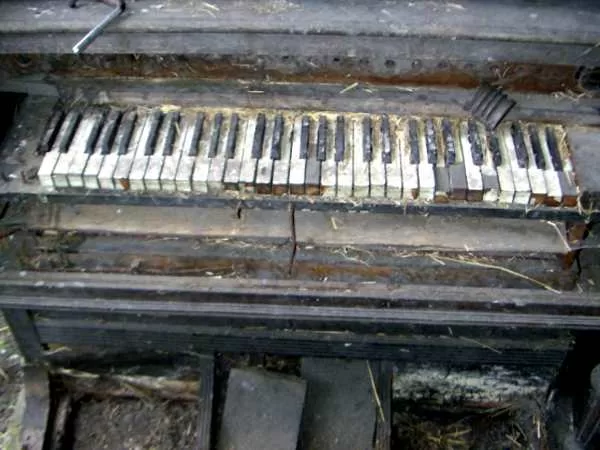Restoring furniture can be a rewarding yet challenging endeavor. Today’s focus is on the meticulous process of sanding your piano stool. Despite the use of power tools, the task proved time-consuming, with the spindles and base panel presenting particular challenges. The constant need to replace worn sanding sheets added to the duration of the project.
Adapting to Modern Measurements: Dowel Dilemmas and Solutions
Reassembling the stool necessitated replacing the dowels. Given the shift from imperial to metric measurements, finding imperial-sized dowels would be a daunting task. The solution? Re-drilling the holes to accommodate standard metric dowels, specifically 1cm. This adjustment required drilling out the old dowels, ensuring a snug fit for the slightly larger dowels.
Staining and Finishing Touches: The Final Steps
The remaining time was dedicated to staining the wood, transforming the stool’s appearance. The images showcase the progress made, with the stained pieces ready for the finishing touches. Braiding, already in possession, will add a decorative element. The previously purchased brass tacks will secure the braiding, bringing the project closer to completion.
Patience and Precision: The Keys to Restoration
Restoring furniture is a labor of love. It demands patience, precision, and a willingness to overcome challenges. The time spent sanding, replacing dowels, and staining the wood is a testament to your dedication. The end result, a beautifully restored piano stool, will be a testament to your craftsmanship and the enduring value of vintage pieces.

